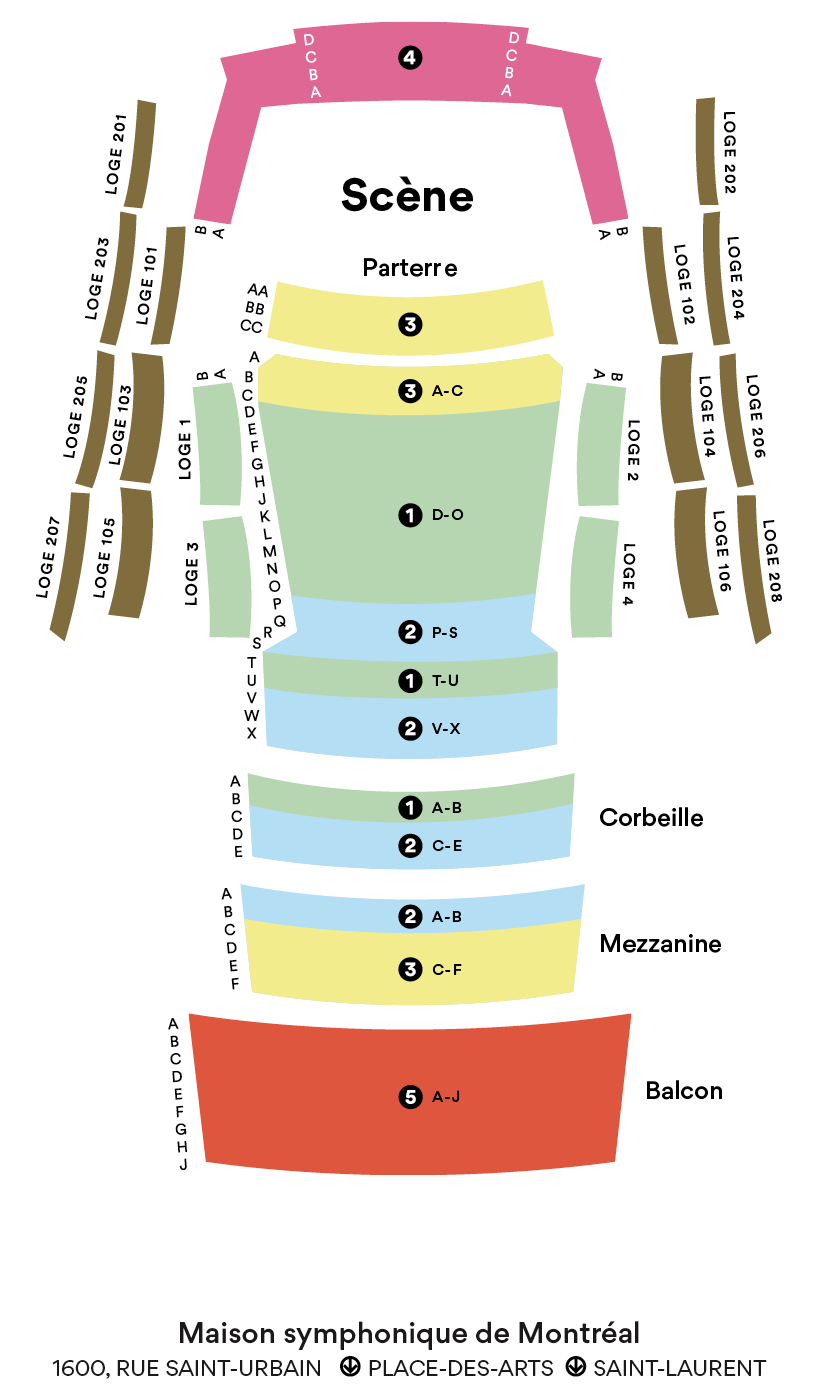Tragic Overture
Brahms
1833 – 1897
Though he was younger than his mentor, Brahms was more attached to earlier musical forms. He mastered these Classical structures better than all his contemporaries. But while his music was as well constructed as those of Classical composers like Mozart or Haydn, it remained invigorating, lyrical and intense. Brahms was definitively a Romantic composer, like Schumann.
Two sides of the coin
Brahms had the habit of composing two contrasting works at the same time—one joyful and the other melancholic, for example. After writing the Academic Festival Overture in 1880, a festive work based on student songs, he composed a piece that was diametrically opposed. “I could not refuse my melancholy nature the satisfaction of composing an overture for a tragedy,” he wrote.
Brahms insisted that the term “Tragic” does not refer to a theatrical or literary work. It’s pure music, in the greatest Brahmsian tradition.
The piece is written in sonata form, the quintessential structure of the second half of the 18th century: exposition with two themes, development of the themes’ contrasting melodies and recapitulation. The work then concludes with an extravagant coda.*
Suggested Gallimard readings to enhance your experience:
La vie joue avec moi, David Grossman, Seuil
L’automne avec Brahms, Olivier Bellamy, Libretto
@Marilou Garon
